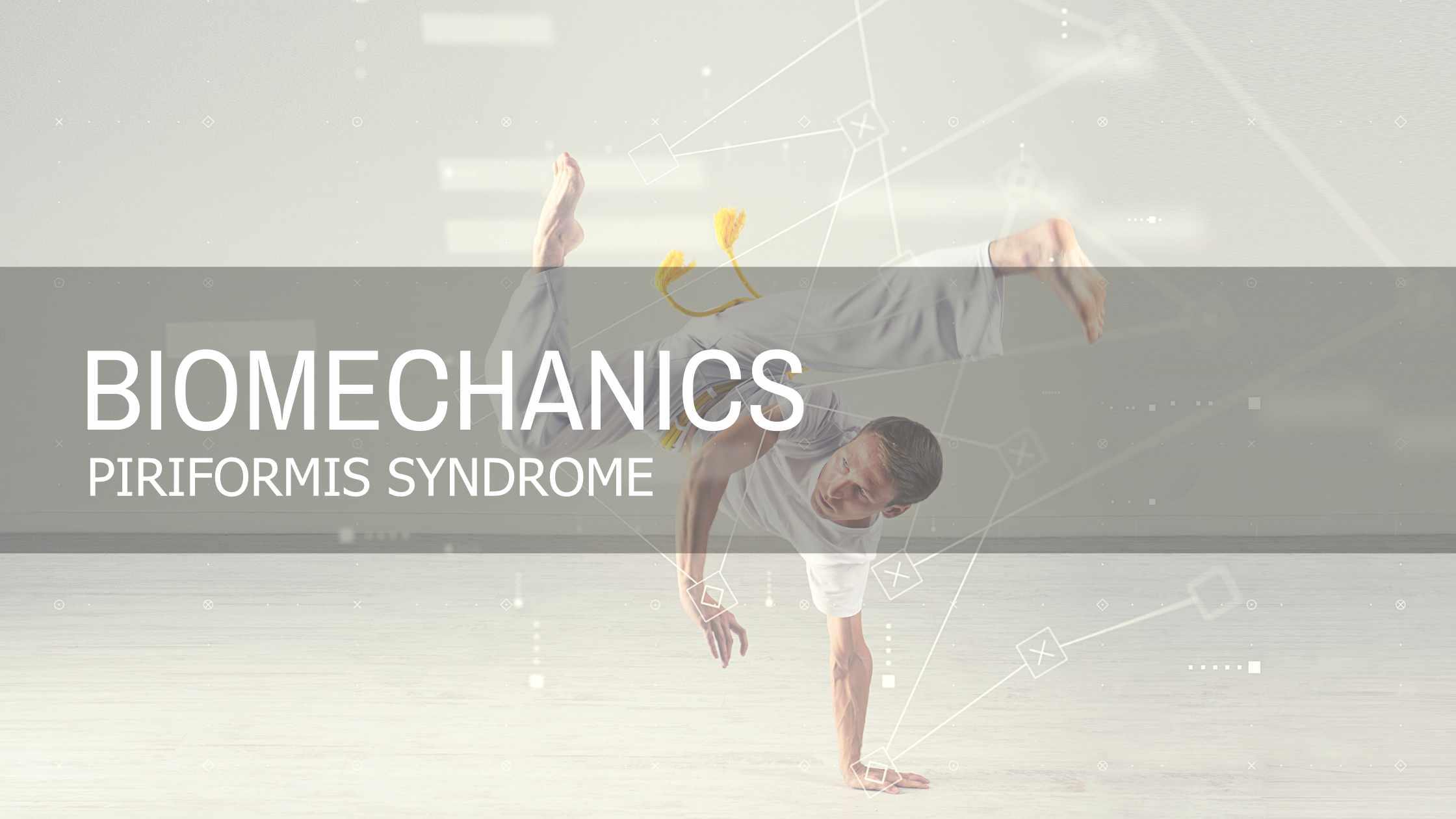
Apr 17 , 2021
0 Comments
Designed to Move | Piriformis Syndrome
What Is Piriformis Syndrome?
Piriformis Syndrome is an uncommon medical condition, mostly affecting older adults, where the piriformis muscle (located in the lower butt region, between the lower point of the sacroiliac joint and the gluteus minimus) aggravates or compresses the sciatic nerve (it runs straight from under the piriformis muscle down to the top portion of the thigh bone). This can lead to sensations of tingling, pain, numbness tightness, and/or swelling around the lower portion of the butt region and down the leg.
How Does It Happen?
This condition can occur from direct, to the piriformis muscle/sciatic nerve or the wear and tear of activities such as sitting too long on hard surfaces, climbing stairs, or running in less-than-ideal conditions, which can cause injury to the butt region. This is because when the ankle or leg moves incorrectly, the pelvis becomes impacted and lends itself to the overuse of the piriformis muscle. As a result, this muscle can further irritate and/or impinge upon the sciatic nerve. In other words, with improper posture and gait as well as a sedentary lifestyle, it can put strain on the hip/butt region (the piriformis muscle) and then causes sensations of tingling, numbness, and pain in addition to tightness and swelling in the lower part of the butt and down the leg (where the sciatic nerve is located).
Signs of Piriformis Syndrome
- sensations of tingling, pain, numbness tightness, and/or swelling around the lower portion of the butt region and down the leg.
- In more advanced states, numbness and/or pain may radiate further down to the calves, ankles, and feet
- Difficulty moving or rotating the hip
- Difficulty and pain while walking, running, walking upstairsDifficulty with discomfort being in different positions
- Lower back pain
How Do You Fix It?
To address piriformis syndrome, it’s important to release the pressure around the sciatic nerve to relieve pain and increase range of motion in the hip and leg. We recommend the following exercises:
- Release - Gastrocnemius & Piriformis 2min on each muscle - each side
- Activate - Anterior Tibialis & Hip Flexors / Laying Supine band dorsiflexion with hip flexion
- Integrate - Heel Walking - Up to 2min
- Strengthen - Proximal Hip Attachment Points - Banded Stride Pattern




